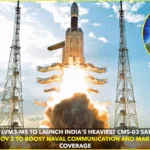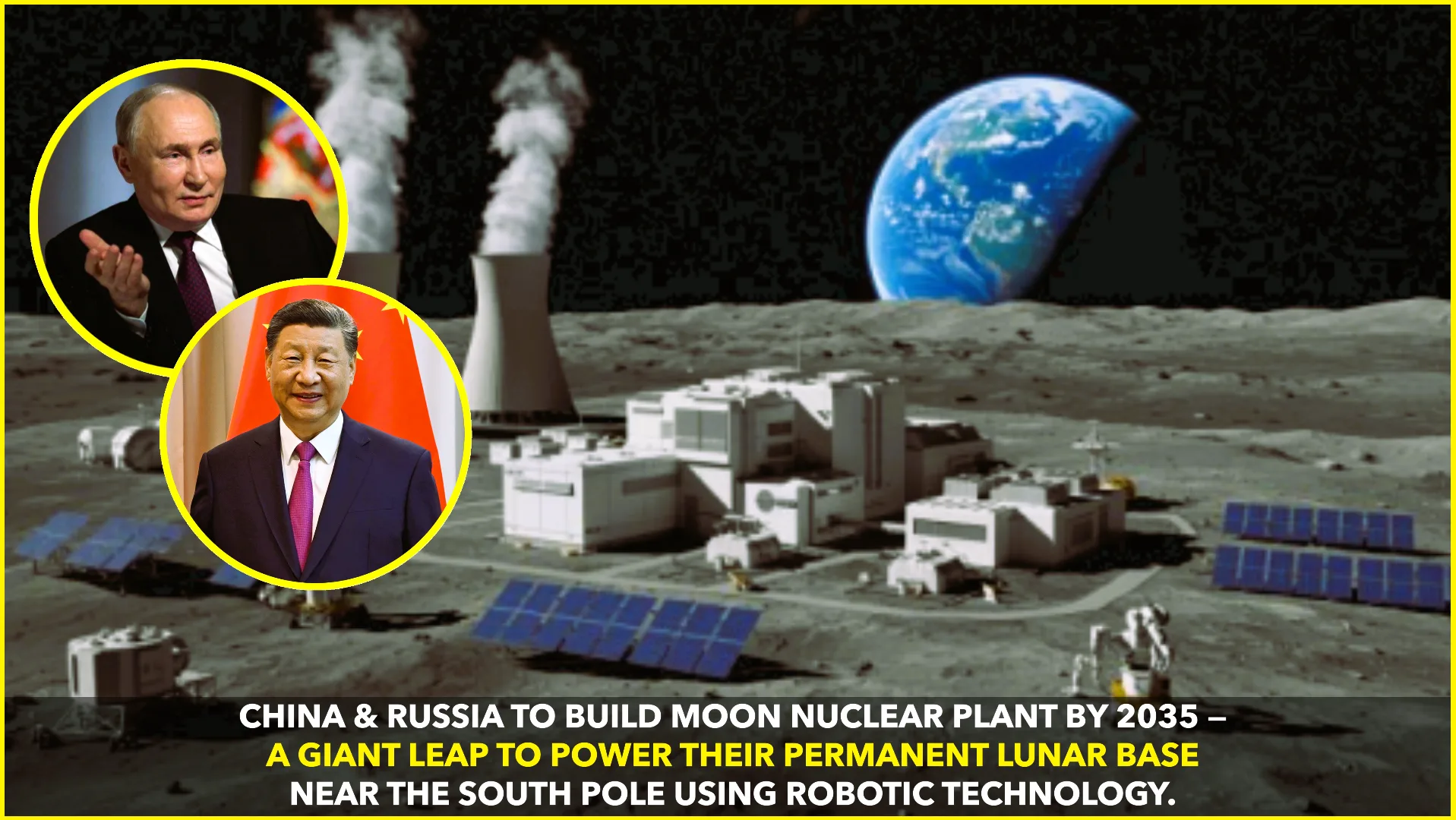In a groundbreaking step towards establishing a permanent human presence beyond Earth, China and Russia have unveiled ambitious plans to construct a nuclear power plant on the Moon by 2035. The project, a key component of their joint International Lunar Research Station (ILRS), is set to revolutionize lunar exploration by ensuring a consistent and reliable energy source for future operations.
The announcement comes as both nations accelerate their efforts in space exploration, with the ILRS positioned to be a strategic counterpart to NASA’s Artemis program. The lunar power plant will be built autonomously using advanced robotic technologies, minimizing human involvement during its construction phase. This robotic assembly approach is not only essential due to the Moon’s harsh conditions but also represents a significant leap in space infrastructure capabilities.
Powering the Future of Lunar Exploration
A primary challenge for any long-term lunar mission is the Moon’s extreme environment, particularly the two-week-long nights when solar energy is unavailable. The planned nuclear reactor will serve as a dependable source of energy during these extended periods of darkness. By supplying power around the clock, it will enable the continuous operation of life-support systems, scientific instruments, communication equipment, and other essential infrastructure.
According to Chinese and Russian space agencies, the nuclear power station will be designed to support all critical activities within the ILRS, including research operations and communication with Earth. The project demonstrates a clear intent to establish a semi-autonomous, sustainable human or robotic presence near the Moon’s south pole—a region rich in water ice, which is considered vital for future lunar habitats and possible fuel production.
Building the ILRS: A Lunar Base of the Future
The International Lunar Research Station will feature a central command center, a communication hub, and various scientific research modules. It is expected to become a hub for long-term lunar exploration and potentially serve as a staging point for missions deeper into the solar system. The ILRS is planned to be constructed in stages, starting with unmanned missions that will deliver materials and test technologies necessary for the establishment of a permanent base.
The Moon’s south pole was chosen strategically due to its unique advantages. Certain areas near the south pole are believed to receive near-continuous sunlight, making them ideal for solar power generation, while the surrounding shadowed regions may contain accessible water ice. Together, these features make it a prime location for setting up a base that could eventually support astronauts.
Technological Collaboration and Global Implications
The China-Russia partnership in lunar development marks a deepening of their strategic alliance in space. Both countries have invested heavily in space technologies, and this latest initiative reflects their shared goal of becoming leaders in space exploration.
The use of nuclear power for space missions has long been a topic of both interest and concern. However, proponents argue that it is the most viable energy source for long-duration missions, given its compact design and energy density. Safety, both during transport and operation, remains a critical focus of the design process. Early indications suggest the reactor will be designed with multiple safeguards to prevent any environmental contamination or radiation exposure.
Looking Ahead
As the 2035 timeline approaches, both nations are expected to carry out a series of precursor missions to test key technologies, including robotic construction, remote operation, and reactor safety systems. If successful, the ILRS and its nuclear power plant could mark the beginning of a new era in space exploration—one in which humanity maintains a continuous presence on the Moon.
While the ILRS is a joint effort between China and Russia, the two countries have stated that the station will be open to collaboration with other nations and international organizations. This inclusive approach may help foster global cooperation in space, even amid rising geopolitical tensions on Earth.
The coming decade promises to be a defining period for humanity’s presence in space, and the Moon could soon witness not just the return of astronauts, but the dawn of true off-world infrastructure.










